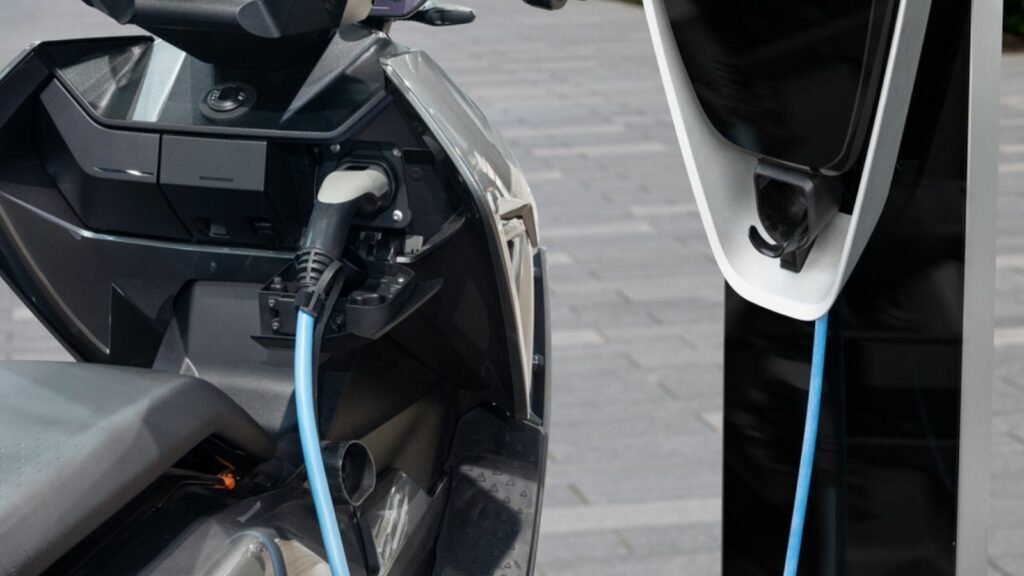The evolution of motorcycles has come a long way, with electric motorbikes now incorporating impressive technology. Initially scrutinized for their range, stability, and fuel efficiency, these electric bikes have transformed thanks to cutting-edge advancements. Here are 12 breakthrough technologies in electric motorcycles set to dominate the streets.
Solid State Batteries
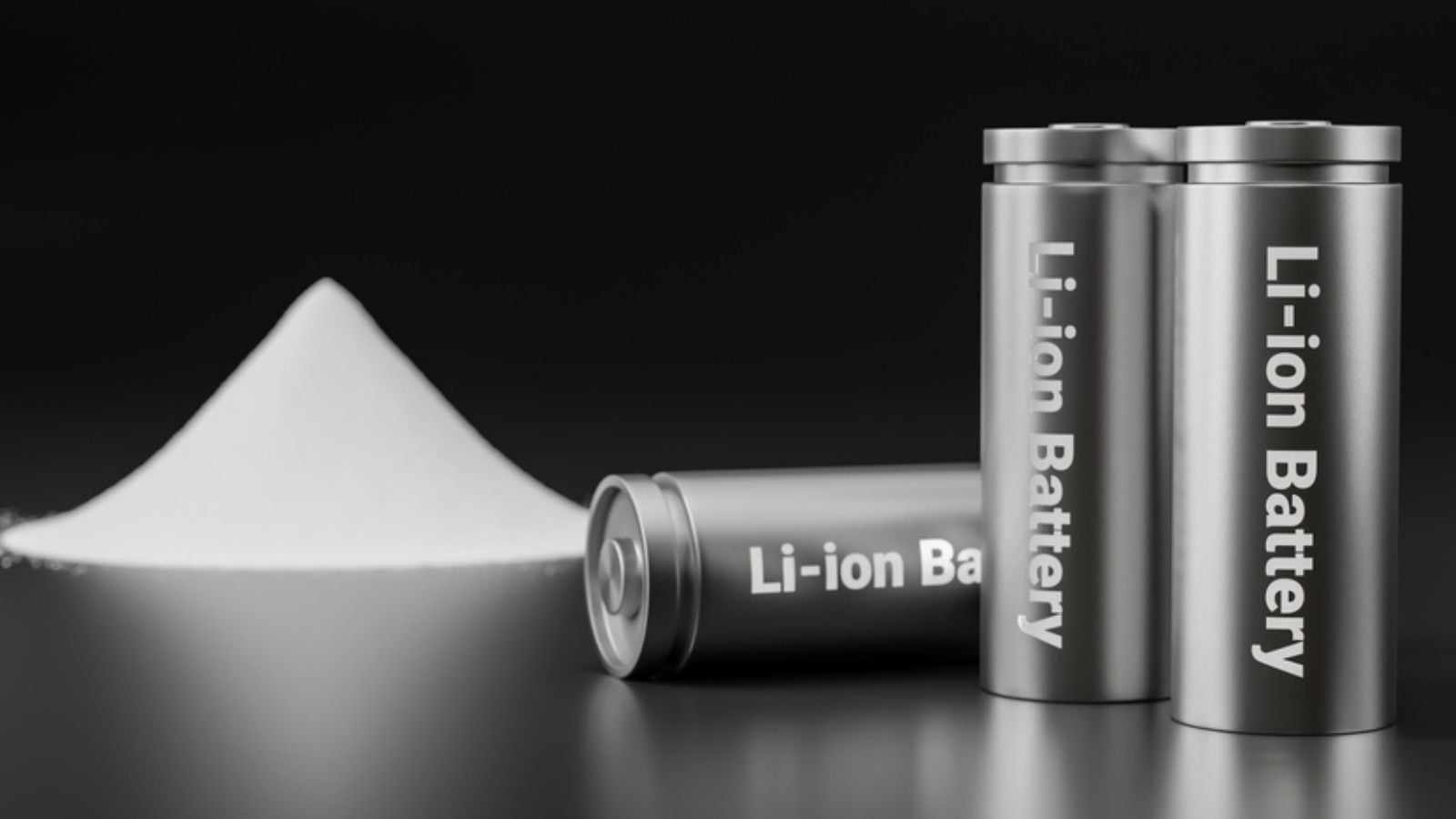
Safety in any vehicle is of utmost concern, and modern technology offers innovative solutions. By replacing the liquid electrolyte in traditional lithium-ion batteries with a solid electrolyte, solid-state batteries tend to be safer as they avoid leakage. This leads to higher energy density and faster charging while reducing thermal runaway risks. This development is a significant step forward as it will help electric motorcycles travel longer ranges with reduced charging time.
Swappable Battery Systems

As the name suggests, a swappable battery is a quicker and more convenient way to replenish the battery after it has degraded. These may be installed in the charging stations, acting as an immediate solution for people who want to continue their journey. The fixed batteries are swapped, removing driver anxiety in case of any vehicle breakdowns during longer trips. This system tackles one of the primary issues of extended charging duration, with a wide network of swappable batteries easily accessible to drivers.
Advanced Motor Technology

The axial flux motor is set to replace the traditional radial flow motor to improve efficiency and reduce energy loss. The difference is that axial flux motors have a larger magnetic surface and shorter magnetic path alongside a brushless design. These factors enable them to deliver more power without adding additional load to the vehicle, contributing to better handling and acceleration.
Integrated Power Electronics

Traditionally, each component in the electric or gasoline-powered motorbike, be it inverters, converters, or controllers, was separate. As a result, the vehicle would be heavier alongside the various risks of potential failure in any of the components. By integrating them into one unit, this system removes all the associated risks, making the vehicle lighter and reducing energy loss. It is a groundbreaking shift as this integration paves the way for higher power densities and overall vehicle efficiency.
Regenerative Braking System
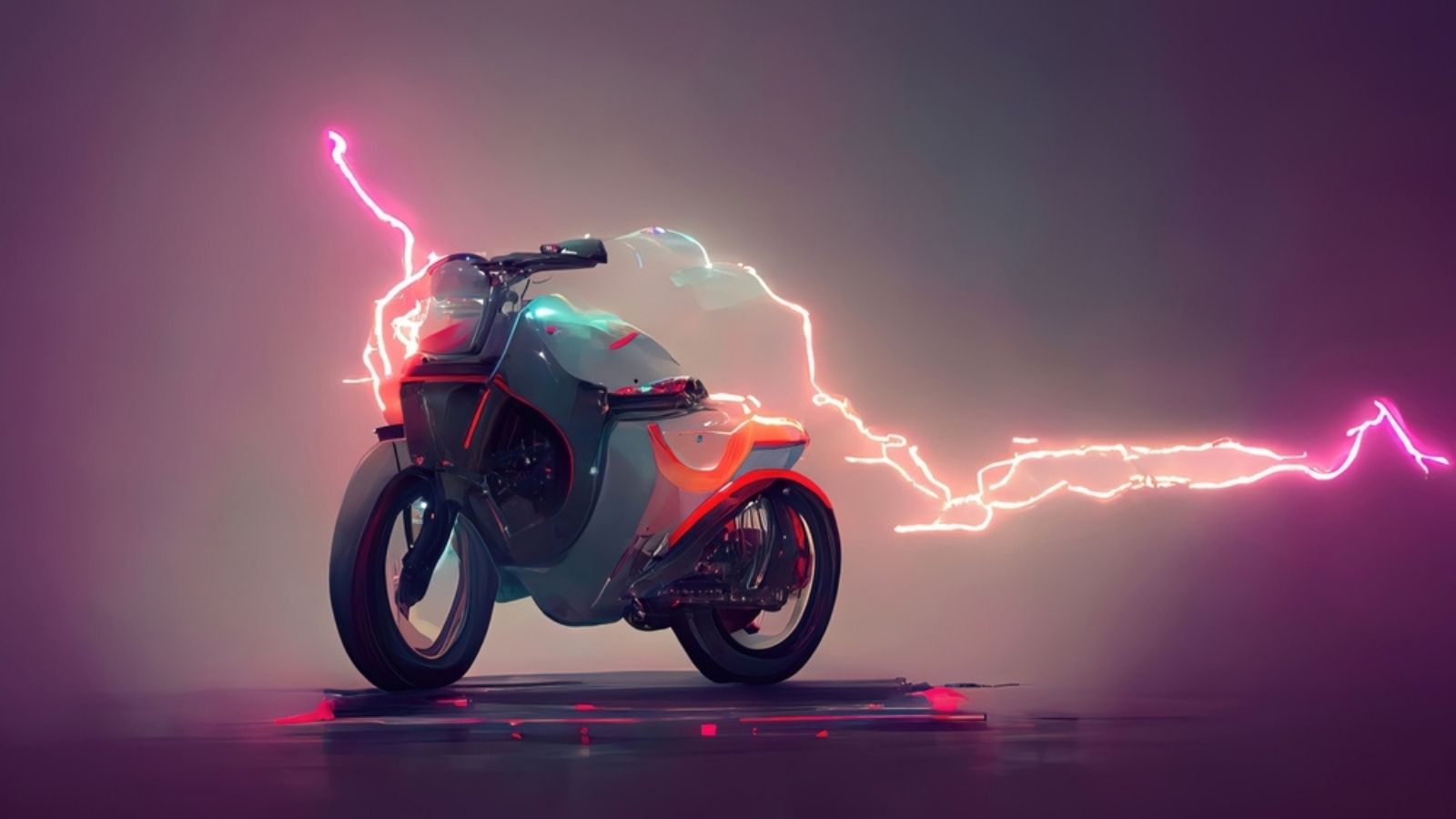
A prominent feature in most electric vehicles is regenerative braking, which captures kinetic energy during braking and converts it to electrical energy. This incredible system turns lost energy into a usable form, extending the range and replenishing the battery. Unlike traditional systems, it lowers the overall energy consumption and improves deceleration.
Lightweight Materials
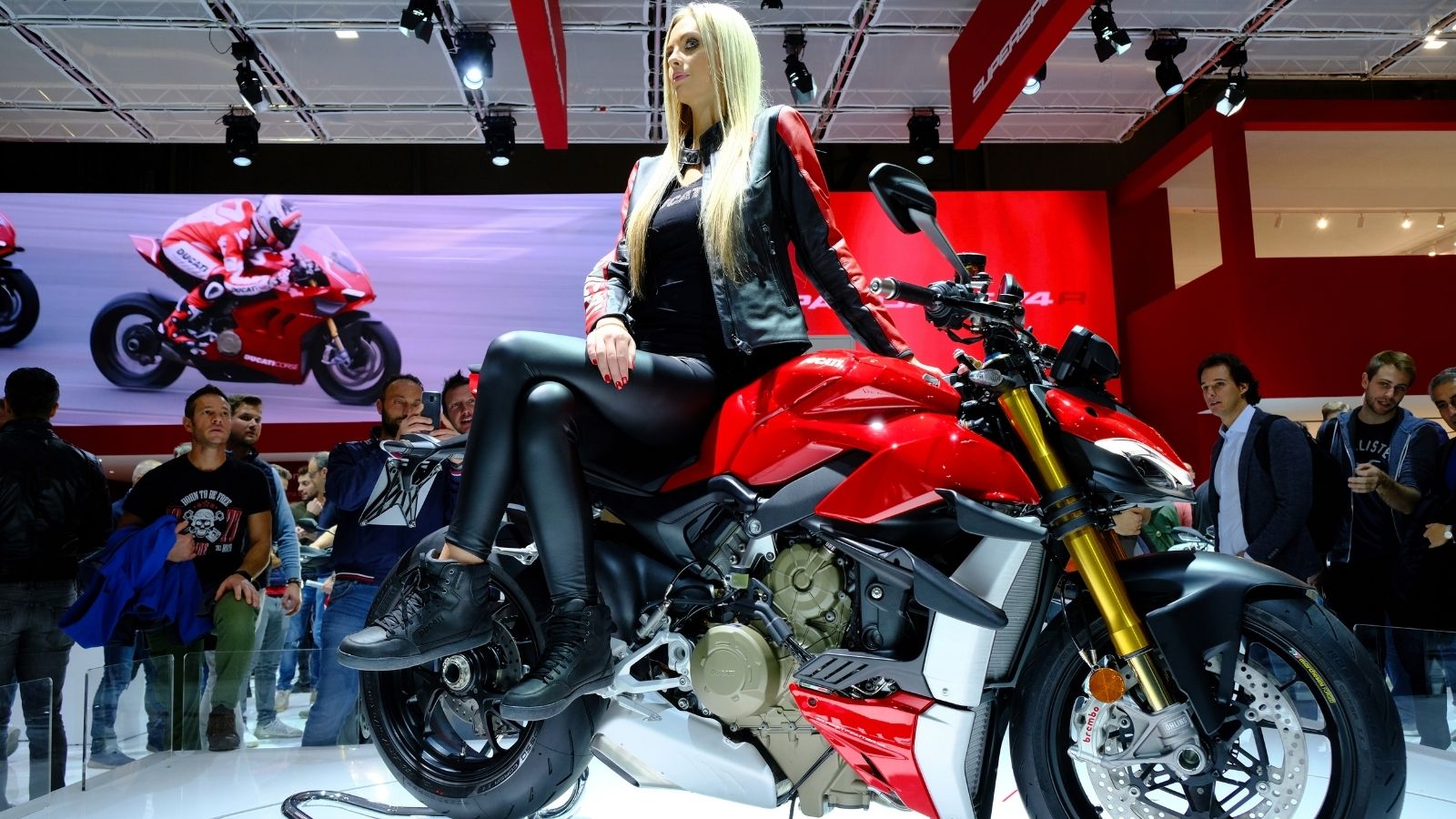
Incorporating lighter, denser materials such as carbon fiber and magnesium reduces the weight without disrupting safety. The primary factors are convenience and comfort, which maintain a better strength-to-weight ratio. In case of any accidents or disbalances, the vehicle can be handled with better precision to regain control. Moreover, this would enable manufacturers to make innovative designs, the lightweight translating to better acceleration and overall handling.
Advanced Aerodynamics

To tackle the issue of aerodynamic drag, traditional vehicles often opted for powerful engines, eventually leading to higher energy consumption. Methods such as wind tunnel testing and computational fluid dynamics have enabled modern vehicles to create and test sleek designs. The main advantages are the increased range and improved energy efficiency at higher speeds. These are a crucial feature in all-electric vehicles as it aims to further refine them by tackling performance issues.
Machine Learning
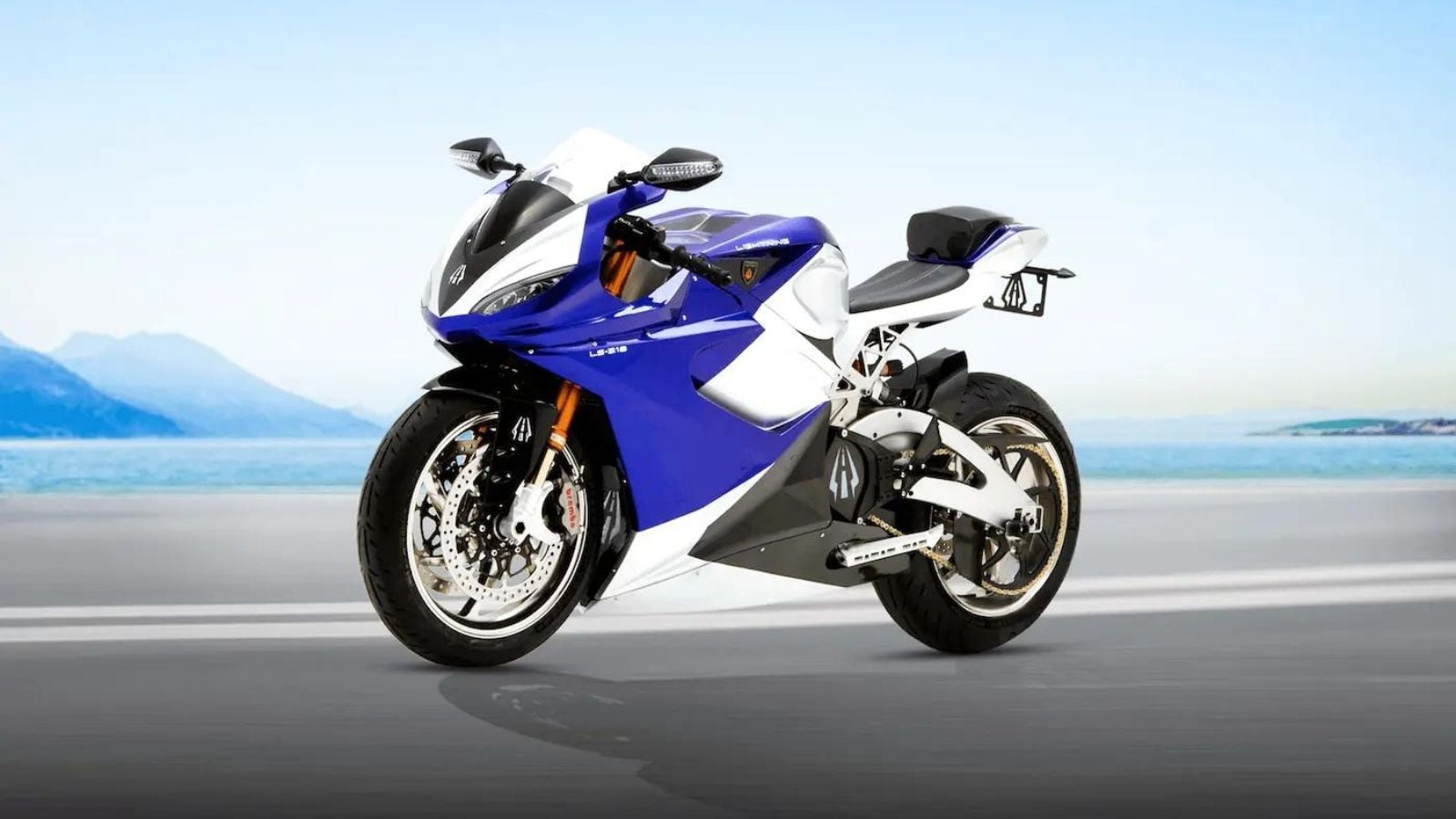
Artificial intelligence is the core standout factor of electric vehicles, and machine learning combines data with advanced algorithms. This optimizes power usage, identifies damage, and predicts maintenance via real-time data. The AI systems identify the surrounding environment and rider behavior to prevent failure. It is a breakthrough technology that moves towards an intelligent system, having advanced features such as collision avoidance that enhance security.
Wireless Charging
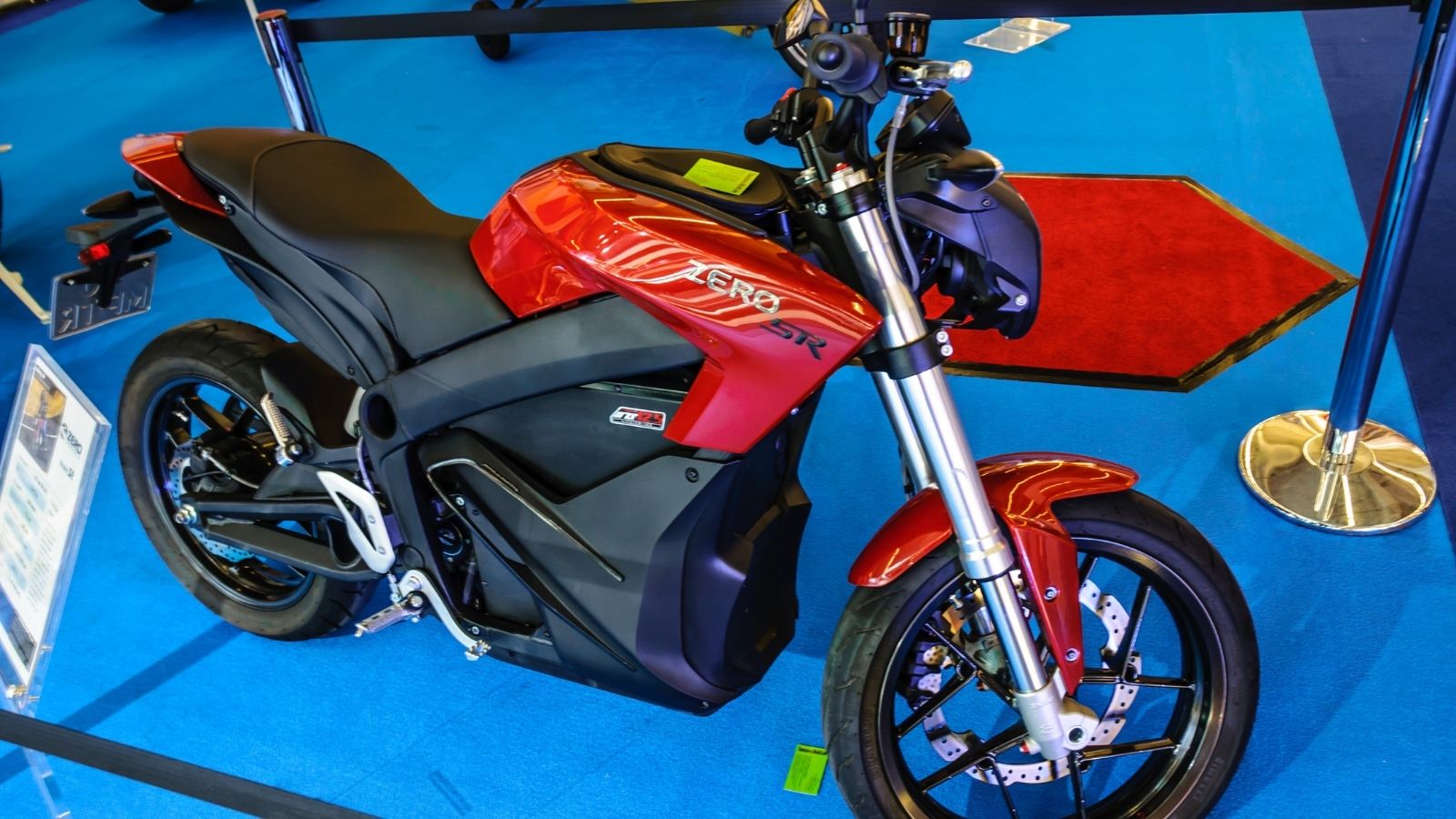
Wireless charging in electric vehicles can be done via different methods, the best one being inductive charging, which uses electromagnetic fields to charge the bike. Brands such as BMW and KL have started incorporating these in full swing, charging their bikes without plugging in. Tiler has also emerged to develop wireless charging tiles that are yet to be widely tested. This system gives the driver peace of mind for longer travels and offers a user-friendly experience.
Traction Control Systems

Everyone wants to ride their motorcycles regardless of the climate or landscape, whether urban or rocky terrain. Traction control systems are advanced mechanisms that directly adjust the powertrain to the wheels, maintaining stability and enhancing control. Roads can often be challenging, especially on the outskirts, where instant acceleration can lead to wheel spin. The traction control systems use sensors that adapt to weather conditions, including slippery roads, for better handling.
IoT Integration

IoT integration is the talk of the town. It will revolutionize the electric motorbike industry by enhancing connectivity and letting the vehicle communicate with other devices. These include infrastructure for software updates, over-the-air updates, and smart city interaction. The connectivity with smart cities allows the vehicle to identify traffic conditions, lay down management routes, and optimize navigation.
Rapid Charging Technology
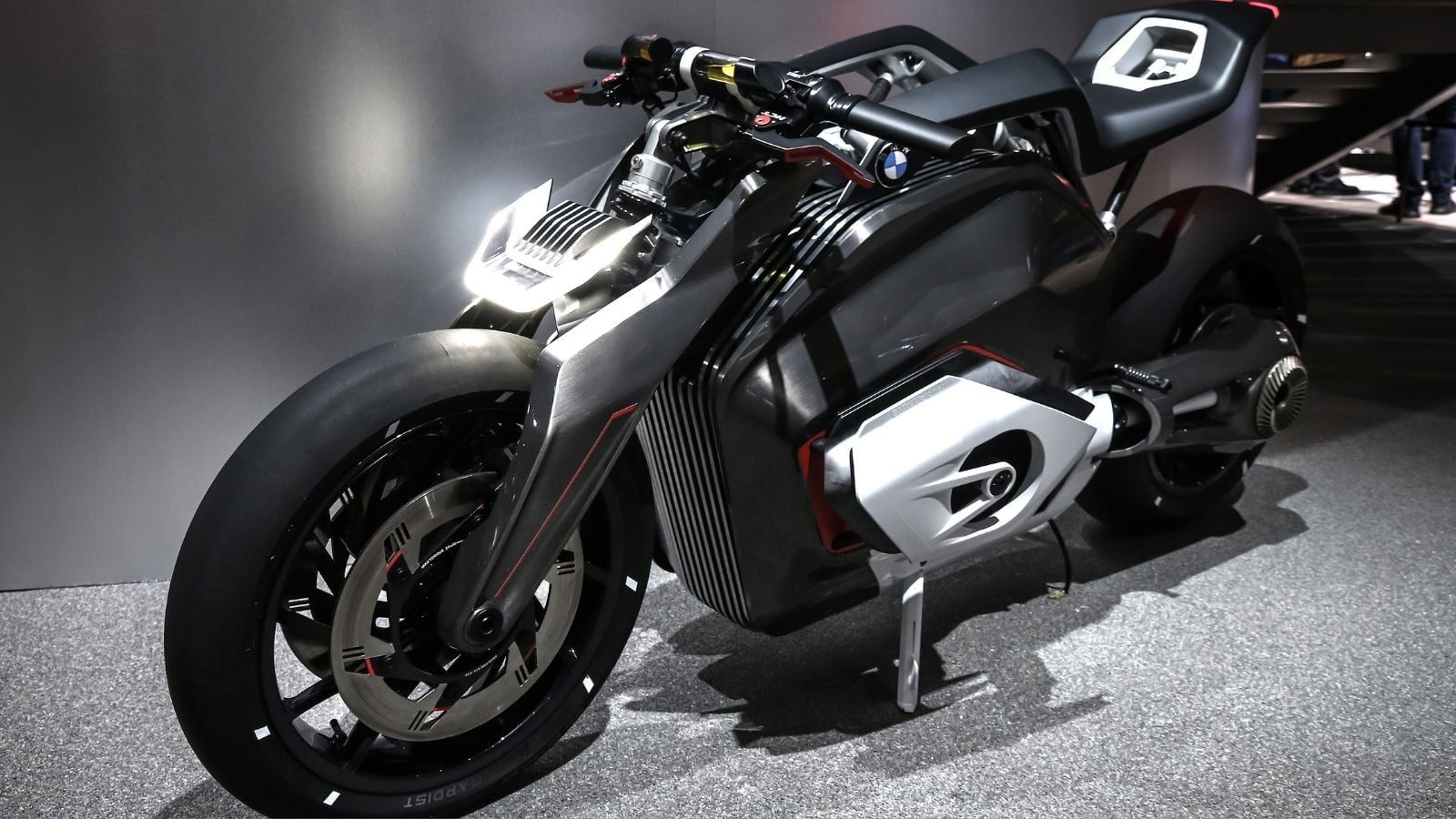
Since the inception of electric vehicles, longer charging periods have been a prevailing issue. Fortunately, rapid charging technology allows electric bikes to be charged significantly faster, reaching 80% in about 30 minutes. This offers a more practical solution, making them readily available for daily commuting and long distances. Charging is one of the significant issues faced in comparison to gasoline-powered vehicles, which tend to refuel in minutes. This technology makes electric motorbikes capable of recharging quickly and represents a substantial improvement compared to outdated technologies.
The 10 Most Reliable Car Brands According to Mechanics
![]() When choosing a car, one of the most crucial factors is reliability. But what exactly does it mean when we say a car is reliable? Reliability refers to the vehicle’s ability to perform consistently well over time with minimal issues. A reliable car requires fewer repairs, is cost-effective to maintain, and offers peace of mind to the owner. In this article, we delve into the ten most reliable car brands according to mechanics, explaining why these brands are trusted and highlighting endorsements from institutions, car experts, and reputable websites. The 10 Most Reliable Car Brands According to Mechanics
When choosing a car, one of the most crucial factors is reliability. But what exactly does it mean when we say a car is reliable? Reliability refers to the vehicle’s ability to perform consistently well over time with minimal issues. A reliable car requires fewer repairs, is cost-effective to maintain, and offers peace of mind to the owner. In this article, we delve into the ten most reliable car brands according to mechanics, explaining why these brands are trusted and highlighting endorsements from institutions, car experts, and reputable websites. The 10 Most Reliable Car Brands According to Mechanics
